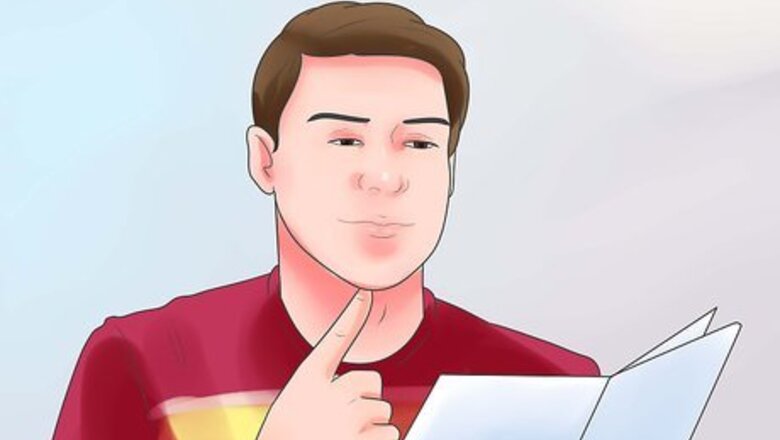
views
Detection
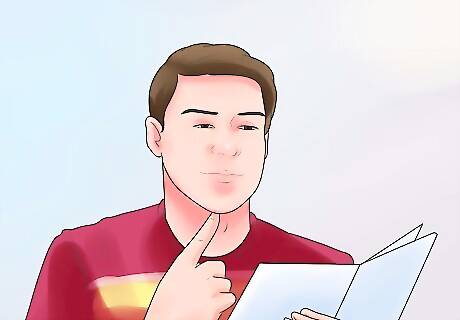
Look for common symptoms, like itching and rashes. When body lice feed, they irritate the skin. In some cases, their bites can cause an allergic reaction. Common symptoms include: Intense itching that gets worse at night Rashes on the skin, particularly the neck, armpit, groin, and waistline areas of the body Tiny red spots or elevated bumps on the skin Thickened or darkened skin
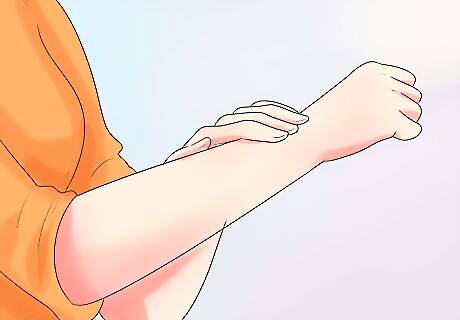
Examine your skin for any irritations. Irritations on the skin can be caused by bites or by repeated scratching—both could be indicators of body lice. Be sure to check for sores on the waistline, upper thigh, pubic, and groin areas specifically. Some other species of lice that can infest your body, such as crab lice, may also get into your eyelashes. Inspect your lashes closely for any signs of lice or nits. Sometimes, sores from repeated scratching can get infected with bacteria or fungi.
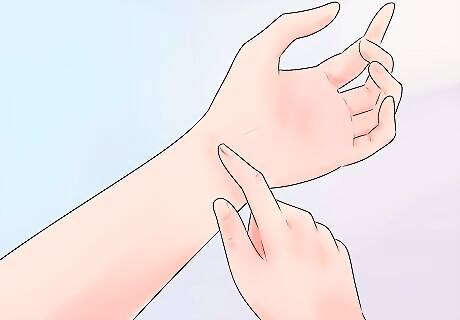
Check the skin for lice. Sometimes you can see body lice on your skin. Although this is not very common, it’s still a good idea to examine your waistline, upper thigh, and armpit areas for lice. Adult body lice are the same approximate size, shape, and color as a sesame seed. Check any areas of the skin that are irritated, darkened, or calloused. A magnifying glass can help you find clusters of eggs, but it is not absolutely necessary. You can see the lice or their eggs with the naked eye.
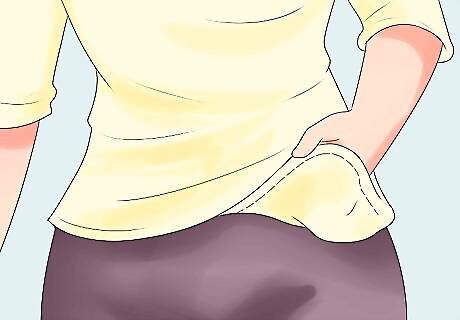
Turn an article of clothing inside out to look for lice and eggs. Body lice live mainly in the seams of clothing. They’ll only move to your skin after they hatch and mature. If you suspect body lice, check your clothes carefully for the lice and their eggs (nits), paying special attention to the seams in the waistline and armpit areas. Mature lice cannot live longer than 5 to 7 days after falling off a host. Because of this, it is more common to find lice eggs, or "nits," in an article of clothing. These eggs look like tiny yellowish or white ovals. These eggs hatch out in 1-2 weeks. Although it is rare, body lice can lay their eggs directly on the human body. Look for eggs directly attached to the shafts of body hair (for example, in the armpits or groin).
Elimination
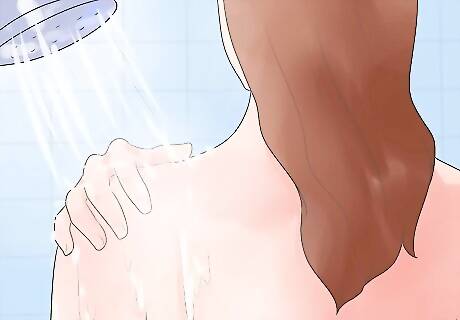
Maintain a regular personal hygiene regimen. Most cases of body lice will go away once the body has been cleansed of any nits or lice. Take regular showers and wash your clothes, bedsheets, and towels at least once a week. Unlike head lice or pubic lice, body lice only invade the body when they need to feed and are not consistently present on the skin. Nits are rarely laid on the body. Practicing good personal hygiene and regularly washing and drying your clothing on high heat settings are essential for getting rid of a body lice infestation.
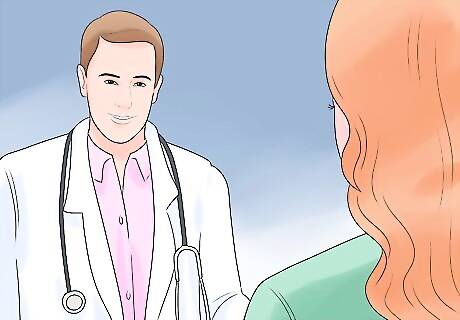
Visit your doctor to treat irritation and rashes. Typically, you won’t need any medications to treat body lice, since you can get rid of them with proper hygiene. However, your doctor can prescribe creams and body washes to help reduce any skin irritations or allergic reactions due to the bites or excessive scratching. Let your doctor know if you think your skin might be infected in areas where you’ve been scratching a lot. They can prescribe an antibiotic or anti-fungal medication to clear it up.
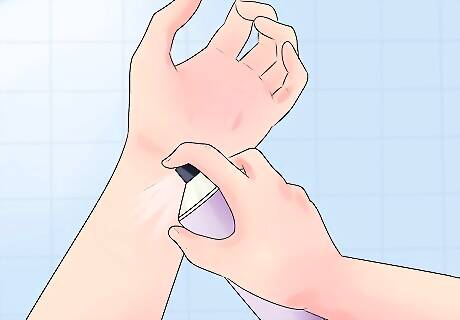
Use a louse-killing medication for stubborn infestations. In extreme cases, your doctor may recommend using a pediculicide (louse killer). Popular over-the-counter pediculicides include "Clear," "Rid," and "Nix." Follow the directions on the packaging carefully when using these products on your body or contaminated clothes and furniture. Pediculicides are designed to kill lice in one of two different ways: Ovicidal pediculicides kill nits and only need to be used a few times. Non-ovicidal pediculicides kill mature body lice, but not nits. You may need to use them multiple times to avoid re-infestation from nits that hatch.
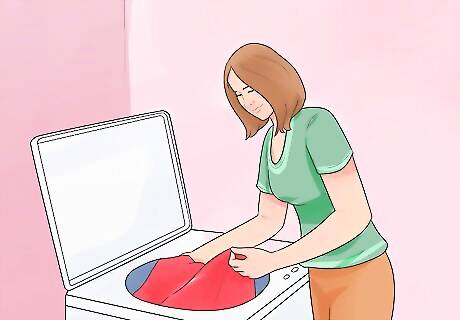
Wash infested clothes and bedding in hot water. Be sure to wash all articles of clothing, bedding, and towels in water that is at least 130 °F (54 °C). This will kill any lice or nits. Wash your laundry at least once a week to keep the infestation from coming back. If possible, change into clean clothes every day.
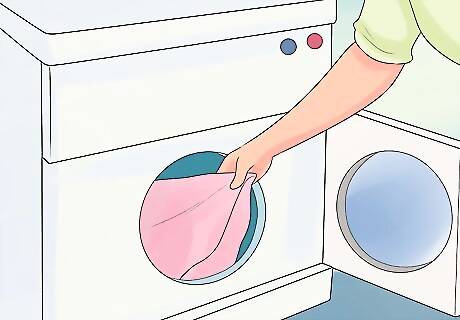
Machine-dry articles of clothing in high heat. After you wash your clothes, toss them into the dryer on the high heat cycle. This should help kill any remaining lice and nits that survived the wash. If you can’t dry something on high heat without damaging it, vacuum it to get rid of any stray lice or eggs. You can also spray it with a lice-killing product, such as Nix. If you have no good way of cleaning or treating the item, you may need to destroy it. You can also kill any remaining lice by sealing the items in a garbage bag for 2 weeks, or by getting the items dry cleaned.

Vacuum upholstery, mattresses, and carpets thoroughly. Vacuuming will remove any lice or nits that may have made their way into the seams and cracks of furniture. Nits can lie dormant for up to 2 weeks, so it’s important to get rid of them so the infestation doesn’t come back or spread to someone else. Pair vacuuming with louse-killing spray to kill any lice and nits the vacuum doesn’t suck up.











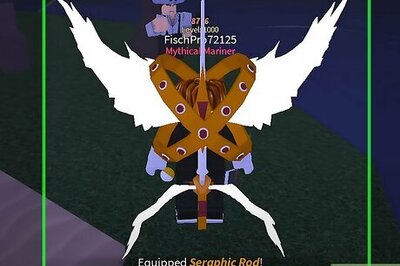




Comments
0 comment